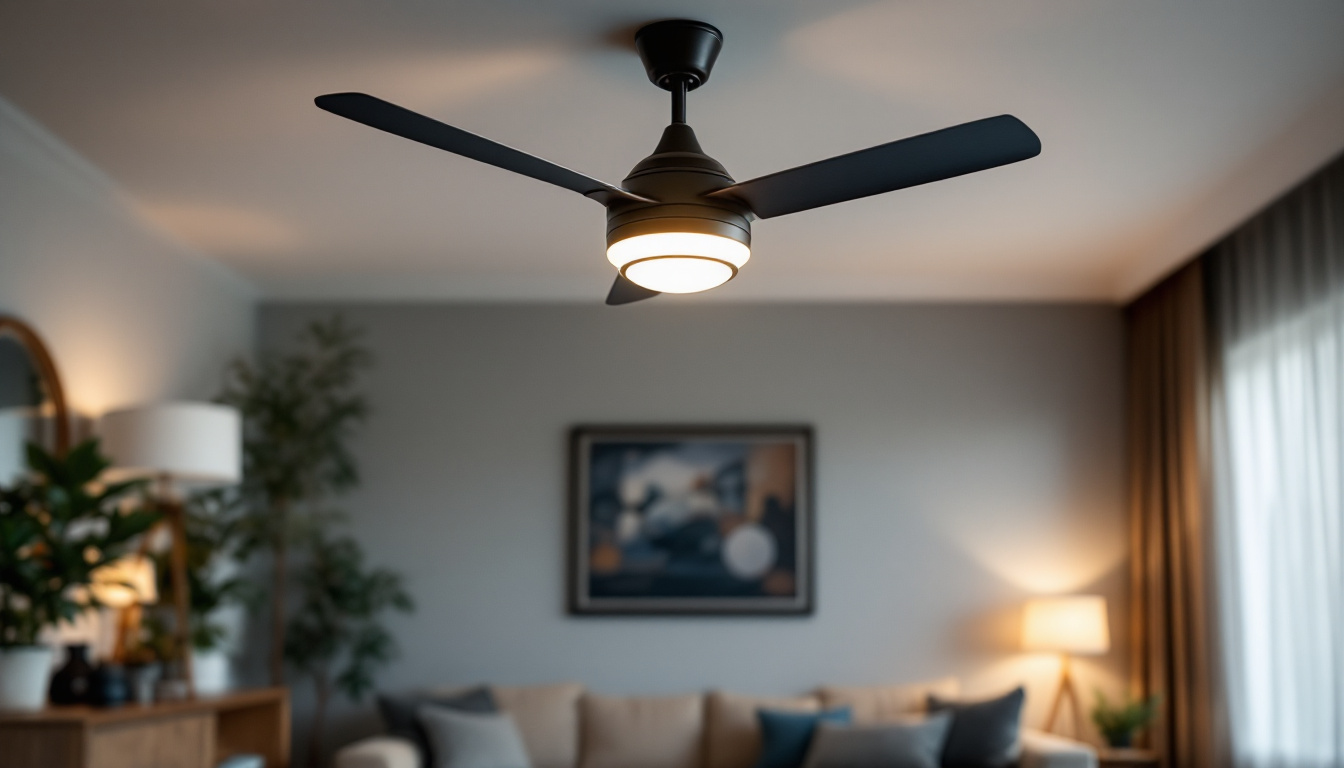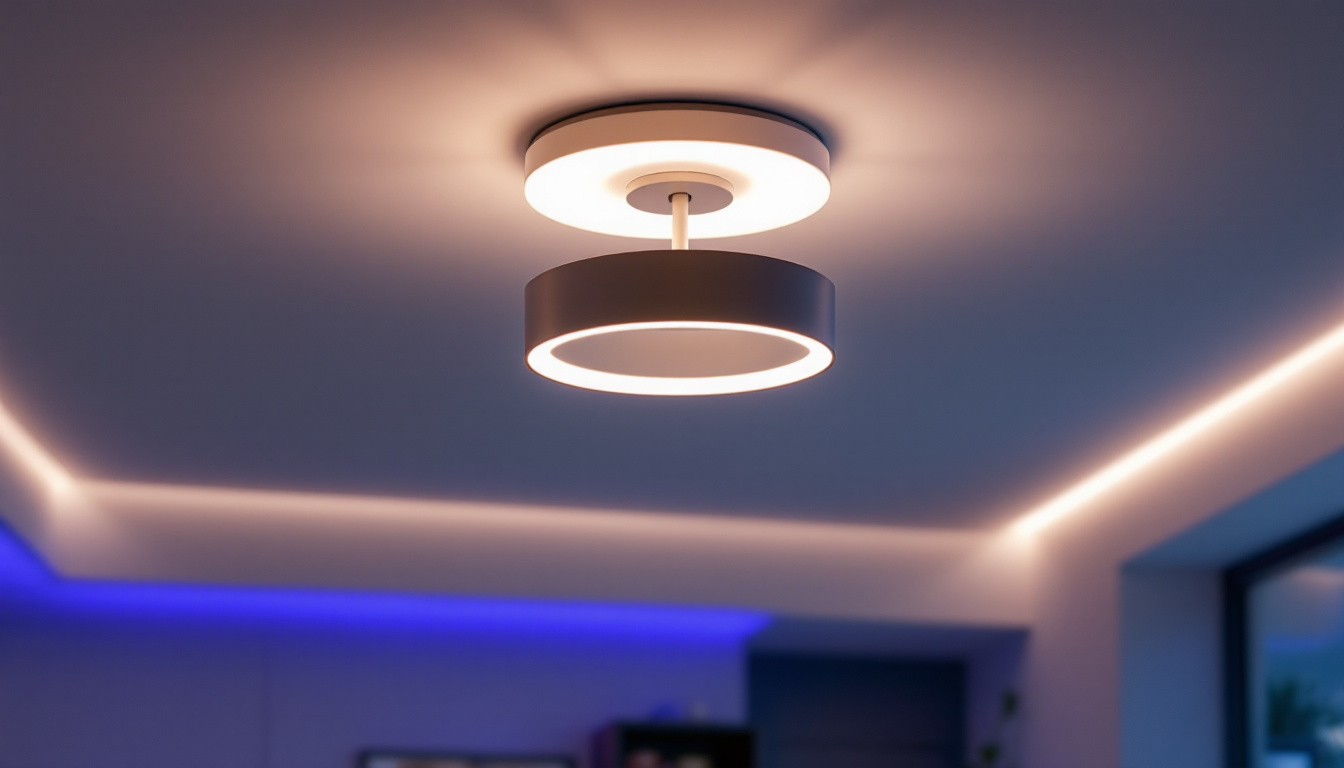
As the demand for energy-efficient lighting solutions continues to rise, LED light fixtures have become a staple in the lighting industry. However, lighting contractors often face unique challenges when working with these fixtures. This article explores eight common challenges associated with LED light fixtures and offers practical solutions to help contractors navigate these issues effectively.
LED (Light Emitting Diode) technology has revolutionized the way lighting is approached in both residential and commercial settings. Unlike traditional incandescent or fluorescent bulbs, LEDs convert a higher percentage of energy into light, making them significantly more efficient. However, understanding the nuances of LED technology is crucial for contractors to ensure optimal performance and customer satisfaction.
At its core, LED technology functions through the movement of electrons in a semiconductor material. When an electric current passes through the diode, it emits light. This process is not only efficient but also allows for a longer lifespan compared to conventional lighting options. However, the efficiency of LEDs can vary based on factors such as heat management, driver quality, and fixture design. Effective heat dissipation is particularly important, as excessive heat can diminish the light output and lifespan of LEDs. This is why many high-quality LED fixtures incorporate heat sinks or other cooling mechanisms to maintain optimal operating temperatures, ensuring that the LEDs remain bright and efficient over time.
Many contractors encounter clients who have misconceptions about LED lighting. Some believe that all LEDs produce harsh, cold light, while others think that they are too expensive. Educating clients about the variety of color temperatures and the long-term cost savings associated with LED installations is essential. By addressing these misconceptions, contractors can build trust and promote the benefits of LED technology. Furthermore, it’s important to highlight the advancements in LED technology that have led to warmer color temperatures, which can closely mimic the inviting glow of incandescent bulbs. Additionally, while the initial investment for LED fixtures may be higher, the substantial reduction in energy costs and the decreased frequency of replacements due to their longevity can lead to significant savings over time, making them a more economical choice in the long run.
Moreover, the versatility of LED technology allows for innovative applications that extend beyond mere illumination. For instance, LEDs can be integrated into smart home systems, enabling users to control lighting remotely or program it to adjust based on time of day or occupancy. This adaptability not only enhances convenience but also contributes to energy conservation by ensuring that lights are only on when needed. Furthermore, the compact size of LEDs enables creative lighting designs, such as accent lighting and architectural features that were previously challenging to achieve with traditional lighting solutions. As contractors become more familiar with these capabilities, they can offer clients tailored solutions that enhance both functionality and aesthetics in their spaces.
One of the primary challenges with LED fixtures is heat management. Although LEDs generate less heat than traditional bulbs, they still produce some heat that must be dissipated to maintain performance and longevity. Poor heat management can lead to reduced efficiency and a shorter lifespan for the fixtures.
To mitigate heat-related issues, contractors should consider fixtures with built-in heat sinks designed to dissipate heat effectively. Additionally, ensuring proper airflow around the fixture can further enhance heat management. When installing LED fixtures, it is crucial to avoid enclosing them in tight spaces without ventilation, as this can exacerbate heat buildup.
Contractors should also pay attention to the design of the LED fixtures they choose. Opting for fixtures with larger surface areas can improve heat dissipation. Furthermore, selecting products from reputable manufacturers who prioritize thermal management in their designs can lead to better performance and customer satisfaction.
Another common challenge lighting contractors face is ensuring that new LED fixtures are compatible with existing electrical systems. Many older systems may not be equipped to handle the specific requirements of LED technology, leading to flickering lights or even fixture failure.
Before installation, contractors should conduct a thorough assessment of the existing electrical systems. This includes checking for compatibility with dimmers, transformers, and other components that may not be suitable for LED fixtures. In some cases, upgrading these components may be necessary to ensure optimal performance.
LED drivers play a crucial role in regulating the power supply to LED fixtures. Contractors should ensure that the drivers used are compatible with the specific LED products being installed. Utilizing high-quality drivers can prevent issues such as flickering and can enhance the overall performance of the lighting system.
Color rendering is another significant concern when working with LED fixtures. The Color Rendering Index (CRI) measures how accurately a light source displays colors compared to natural light. LEDs can have varying CRI ratings, which can impact the overall appearance of a space.
To overcome this challenge, contractors should prioritize high-CRI LED fixtures, particularly for applications where color accuracy is essential, such as in retail or art galleries. A CRI rating of 90 or above is generally considered excellent for these environments, ensuring that colors appear vibrant and true to life.
Contractors should also consider conducting tests to evaluate the quality of light produced by the fixtures. This can include assessing the color temperature and consistency across multiple fixtures in a space. By ensuring uniformity in lighting quality, contractors can enhance the overall aesthetic appeal of the installation.
The installation of LED fixtures can sometimes be more complex than traditional lighting options. This complexity can arise from various factors, including the need for additional components, specialized tools, or unique mounting requirements.
To address installation challenges, contractors should invest in training and education for their teams. Understanding the specific requirements of LED fixtures can streamline the installation process and reduce the likelihood of errors. Many manufacturers offer training resources, which can be invaluable for contractors looking to enhance their skills.
In addition to training, contractors should leverage installation guides and resources provided by manufacturers. These documents often contain detailed instructions, diagrams, and troubleshooting tips that can simplify the installation process. By following these guidelines, contractors can ensure a smoother and more efficient installation experience.
While LED fixtures offer long-term savings through energy efficiency, the initial investment can be a barrier for some clients. Contractors must navigate these cost considerations while emphasizing the value of LED technology.
To overcome cost objections, contractors should focus on communicating the long-term savings associated with LED lighting. This includes reduced energy bills, lower maintenance costs due to longer lifespans, and potential rebates or incentives available for energy-efficient upgrades. By presenting a comprehensive cost-benefit analysis, contractors can help clients see the value in their investment.
Another strategy to alleviate cost concerns is to offer financing options. Many clients may be more willing to invest in LED upgrades if they have flexible payment plans available. Contractors can partner with financing companies to provide accessible options that make the transition to LED lighting more feasible.
Lighting contractors must also navigate various regulatory requirements when installing LED fixtures. Compliance with local, state, and federal regulations is essential to ensure safety and legality in installations.
To effectively manage compliance challenges, contractors should stay informed about the latest regulations affecting the lighting industry. This includes understanding energy efficiency standards, safety codes, and any specific requirements for LED installations. Regularly attending industry workshops and conferences can help contractors remain up-to-date on these changes.
Establishing a good relationship with local authorities can also facilitate compliance. Contractors should not hesitate to reach out to building inspectors or regulatory agencies for clarification on requirements. This proactive approach can prevent costly delays and ensure that all installations meet necessary standards.
Many customers may not fully understand the benefits and limitations of LED lighting. Managing customer expectations and educating them about the technology is crucial for successful installations.
Contractors can create informative resources, such as brochures or online content, that explain the advantages of LED lighting. These materials can address common questions and concerns, helping customers make informed decisions. Additionally, hosting informational sessions or webinars can further engage clients and provide a platform for discussion.
When discussing LED installations, it is essential to set realistic expectations regarding performance, aesthetics, and potential challenges. By being transparent about what clients can expect, contractors can build trust and foster positive relationships with their customers.
The lighting industry is continually evolving, with new technologies and innovations emerging regularly. Contractors must stay abreast of these advancements to remain competitive and provide the best solutions for their clients.
To keep up with technological advancements, contractors should prioritize continuous learning. This can include enrolling in courses, attending trade shows, and participating in industry associations. By staying informed about the latest trends and technologies, contractors can offer cutting-edge solutions that meet the evolving needs of their clients.
Establishing strong relationships with LED manufacturers can also provide valuable insights into new products and technologies. Many manufacturers offer training sessions and resources to help contractors stay informed about their latest offerings. By leveraging these relationships, contractors can enhance their expertise and provide clients with the best possible solutions.
While the transition to LED lighting presents several challenges for contractors, understanding these obstacles and implementing effective strategies can lead to successful installations and satisfied clients. By focusing on education, communication, and continuous improvement, lighting contractors can navigate the complexities of LED technology and thrive in an ever-evolving industry.
Ready to tackle the challenges of LED lighting installations with confidence? LumenWholesale is here to support you every step of the way. Our extensive range of top-quality, spec-grade lighting products ensures that you have access to the best solutions for any project, all at unbeatable wholesale prices. Say goodbye to inflated markups and hello to superior lighting that meets the highest industry standards. With the added convenience of free shipping on bulk orders, LumenWholesale is your go-to source for premium lighting without the premium price tag. Elevate your lighting game and discover the best value in wholesale lighting today!

Explore the pros and cons of ceiling fan lights versus alternative lighting options in this insightful guide for lighting contractors.

Discover how exterior LED security lights are revolutionizing the work of lighting contractors by offering energy efficiency, durability, and ease of installation.

Discover expert insights and practical tips in our comprehensive guide for lighting contractors on selecting and installing 40” ceiling lights.

Discover the essential compliance requirements for lighting contractors in the ever-evolving industry landscape.